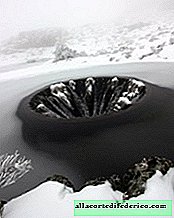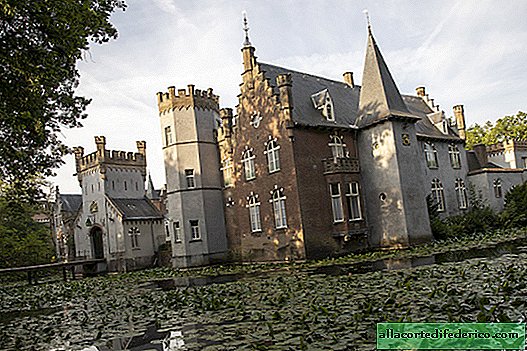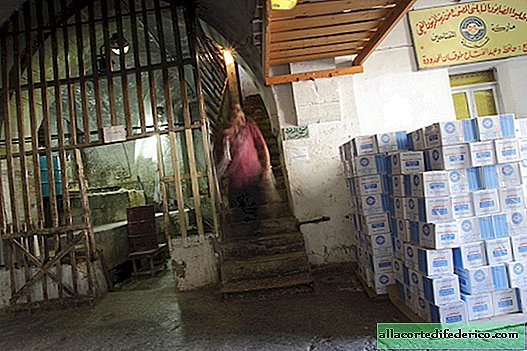5 favorite dishes of Pushkin: Valdai bagels, fire cutlets, blanmange
The famous poet, of course, loved to eat. Friends attribute to him such a phrase: "Do not put off until dinner what you can eat at dinner." He preferred not only fine French cuisine - the poet never refused simple rural food.
Anna Kern, the poet’s muse, recalled how Pushkin’s mother seduced him for lunch with baked potatoes, and his friend, the poet Pyotr Vyazemsky, told how Pushkin once ate 20 peaches at a time. Pushkin loved gooseberry jam. Today we decided to recall his favorite dishes.
Valdai bagels

Once, Pushkin gave humorous advice to his friend Sergei Sobolevsky, also known for his "sharp tongue" and epigrams. He suggested how to make the most of your time on the road from Moscow to Novgorod.
Among other things, the poet advised Sobolevsky to add french chablis soup (fish soup) to the wineglass and in Valdai buy bagels (bagel type) from "accommodating peasant girls", and then quickly go further on the road. Bagels came to Russia from Belarus and quickly spread throughout the state.
Fire cutlets

Pushkin also advised Sobolevsky to try fried meatballs in the Pozharsky tavern in the small town of Torzhok. Later, the patties were called Pozharsky, and they can be found in all restaurants serving Russian cuisine. A distinctive feature is that they are made from minced chicken and coated with breadcrumbs.
Strasbourg Pie

At the time of Pushkin, the rich representatives of the aristocracy, as well as the poor (well, as far as they could afford), were very passionate about French cuisine. In Pushkin’s novel in verses "Eugene Onegin", the protagonist goes to the trendy French restaurant Talon on Nevsky Prospekt in St. Petersburg, where he eats Strasbourg pie, truffles and Limburger cheese from Belgium for lunch, he drinks all this with French champagne from 1811.
Strasbourg pie is a foie gras delicacy with the addition of truffles, black grouse and pork. To keep the filling in its shape, it was baked in a dough. Although Russian cooks learned how to cook foie gras, the Strasbourg pie was still brought from France. He was taken in boxes with ice, in which between the paste and ice lay lard or goose meat.
Blancmange

Blancmange is a cold dessert of Italian-French origin based on milk, sugar and gelatin, which the Russians really liked. It was Pushkin's favorite dessert. In the story “The Young Lady-Peasant Woman”, the maid Nastya speaks of a blanch manger when she tells her mistress about a dinner at the cook’s wife’s house: “Well, we left the table ... and we sat for three hours, and the dinner was glorious; the cake was blanc mange blue red and striped ... "
Apple pie

From 1824 to 1826, by decree of Tsar Alexander I, Pushkin was exiled to the village of Mikhailovskoye for his enthusiasm for "atheist teaching." Nearby was the Trigorskoye estate, where, in company with the charming niece of the mistress of the estate, Pushkin enjoyed an apple pie. The secret of the pie was that several thin layers of dough alternated with layers of apples.
Contemporaries recalled that Pushkin could eat an infinite number of pickled apples. Here's how they were made. Later varieties of apples, such as Antonovka, were placed in barrels of blackcurrant and cherry leaves. Salt boiled water with tarragon and basil sprigs was poured from above. At the time of Pushkin, a barrel was placed on ice for a week, and then brought into a dry cellar. Today, glass jars with pickled apples are put in a cool place for a week (at 15-18 ° C), and then stored in the refrigerator.
















